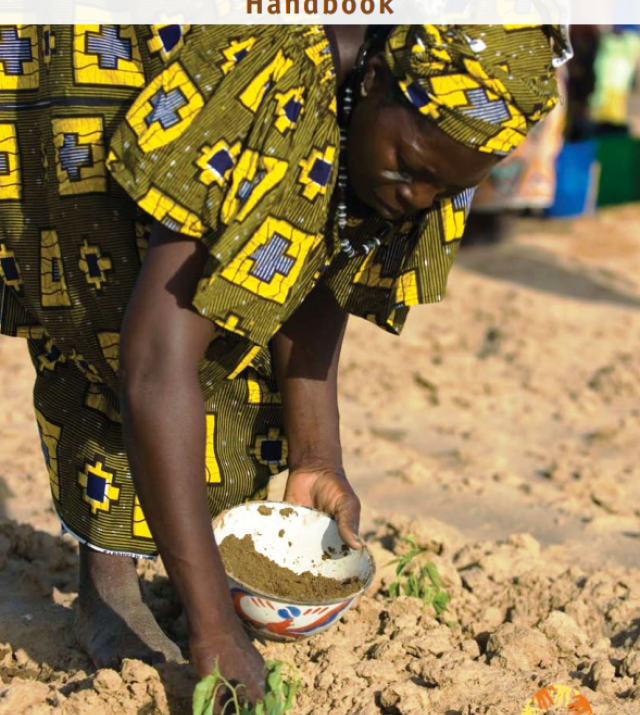
Extending Impact: Factors Influencing Households to Adopt Disaster-Resistant Practices in Post-disaster Settings

In a world at greater risk of climate change, where increasingly frequent and more intense disasters are becoming ‘the new normal’, Catholic Relief Services undertook this study to find new ways to advance community resilience to disasters beyond the common boundaries of emergency response, recovery and reconstruction programs. It is hoped that the insights presented in this report—what prompts people to adopt practices to increase their resilience, unaided by program support—will encourage humanitarian and development organizations to explore innovative ways to promote the adoption of disaster risk reduction practices and foster resilience in all communities at risk from disasters.
One of the greatest challenges of post-disaster housing reconstruction is the sheer scale of destruction and the resources required for recovery efforts. In the past decade, over 25 million people have been made homeless by disasters, but only a fraction of them became beneficiaries of reconstruction programs. Although beneficiary selection criteria must be established to fit the funding parameters of any program, there are typically many with limited capacities who also need assistance to reconstruct their homes, but who do not receive it.
Over the past decade, CRS has supported 165,000 vulnerable families in disaster‑affected communities to reconstruct their homes using specific construction practices that can better withstand cyclones, earthquakes, floods and other hazards. CRS field staff of those reconstruction programs observed that, in the same disasteraffected locations, women and men who were not beneficiaries of CRS programs were copying some of the CRS-promoted hazard‑resistant construction practices as they rebuilt their homes using their own resources. As a result, CRS embarked on this multi-country study to better understand the motivations, barriers and enabling factors that contribute to people’s decisions to use hazard‑resistant practices when they reconstruct after a disaster. The findings could be among the keys to designing community-led programs that foster resilience on a much greater scale than can be generated by any single project.
